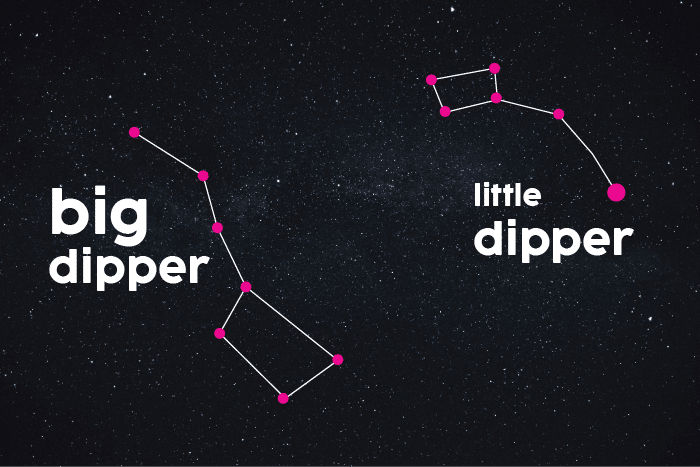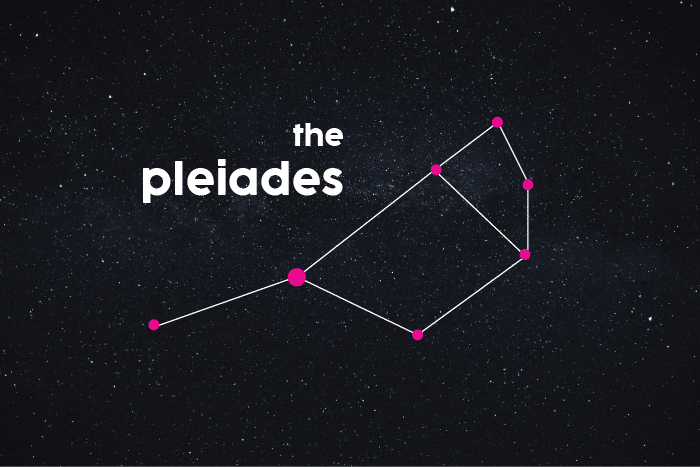Humans have been looking up at the stars for thousands of years. They have served as navigation tools, calendars, and sources of wonder for cultures all over the world. However, their ability to pass on myths and legends over thousands of years is arguably their most enduring legacy.
Many of the most famous constellations in the night sky are representations of figures from mythology. Some are mighty heroes, and others ferocious beasts. But no matter which figure they represent, all mythology-inspired constellations carry a story behind them.
Orion and Scorpius: The Hunter and the Scorpion (Greek Mythology)

Orion is one of the most recognizable constellations in the night sky, largely due to the three prominent stars that make up its belt.
In Greek mythology, Orion was the son of Poseidon, god of the sea, and a great hunter. He was known for his strength and beauty, and he claimed he could kill all wild animals on Earth.
Unfortunately for Orion, this arrogance angered the Earth goddess, Gaia. In her anger, Gaia sent a scorpion to slay Orion. Orion was not initially worried about the scorpion, but try as he might, he could not kill the creature.
Orion began to panic and turned to flee, but the scorpion chased Orion and stung him with its poisonous tail.
To show her thanks, Gaia placed a constellation of Orion in the sky with a constellation of the scorpion behind him, so that it would forever show Orion fleeing from the scorpion.
Ursa Major and Ursa Minor: The Great and Little Bear (Greek and Roman Mythology)

Ursa Major and Ursa Minor, also known as the Big Dipper and the Little Dipper, are well-known constellations with a story dating back to ancient Greece. In Greek mythology, Zeus, king of the gods, fell in love with a beautiful nymph named Callisto.
Together, Zeus and Callisto had a son named Arcas. However, when Zeus’s wife, Hera, learned of this, she transformed Callisto into a bear. Years later, Arcas encountered the bear while hunting. Before he could unknowingly kill his mother, Zeus intervened, placing both Callisto and Arcas in the sky as Ursa Major and Ursa Minor. The long, curved tails found in the constellations, which are unusual for bears, are often explained as a result of Zeus swinging them into the heavens by their tails.
Leo: The Lion (Greek Mythology)

Leo is one of the 12 zodiac constellations, but it also represents the Nemean lion. In Greek mythology, the Nemean lion was a monster that Heracles defeated in the first of his 12 labors.
According to the myth, the lion had an impenetrable hide and terrorized the region of Nemea. Heracles, known for his incredible strength, wrestled the lion and killed it. He then used the lion’s own claws to skin it and wore the hide as armor.
Zeus honored the lion’s strength and Heracles’s victory by placing the lion in the sky as the constellation Leo.
The Pleiades: The Seven Sisters (Many Cultures)

The Pleiades, a small cluster of stars in the constellation Taurus, are some of the most widely known stars in the sky.
The Pleiades were once the seven daughters of the sea nymph Pleione and the Titan Atlas, according to Greek myth. The sisters were pursued constantly by the hunter Orion, but Zeus intervened and transformed them into stars to protect the sisters from Orion.
The Pleiades also appear in many cultural traditions beyond Greece. In Japanese culture, the sisters are known as “Subaru,” and this constellation gave its name to a car company that features the stars in its logo.
Some Native American traditions also link this star cluster to legends about siblings who escaped danger by being lifted into the sky.


